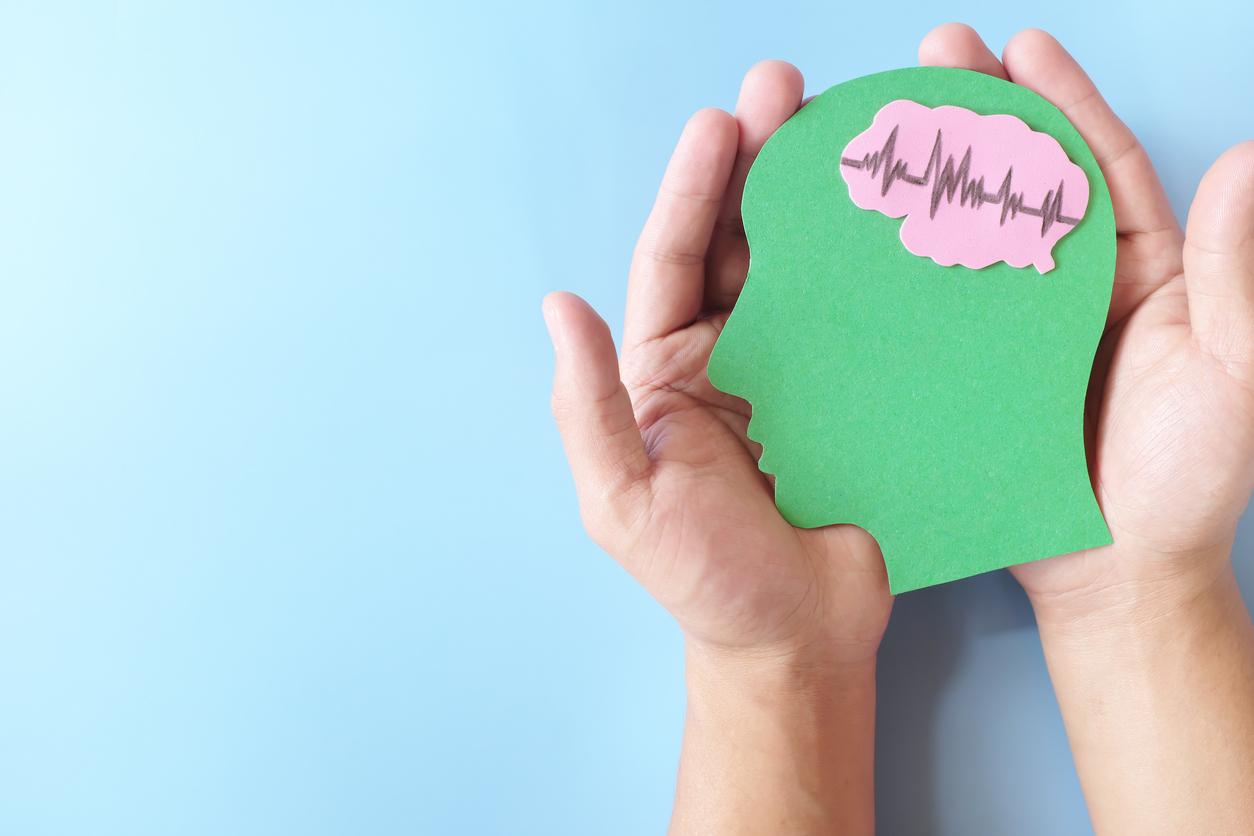According to researchers, it would be possible to calculate the mortality risk of the population simply based on the motion sensors of smartphones when walking.

- You should walk between 4,000 and 10,000 steps a day to stay in good shape, according to studies. In addition to this moderate-intensity activity, the WHO recommends that adults do between 1h15 and 2h30 of sustained-intensity endurance each week.
- The 10,000 steps a day rule was born… out of a marketing campaign for a Japanese pedometer.
Tell him how you roam, he will tell you how you will succumb. By monitoring people’s walking activity, the smartphone could be used to “predict” the risk of pathology and mortality. At least that’s what a new study by researchers at the University of Illinois, USA, and published in the journal Plos Digital Health.
100,000 participants, 6 minutes of walking per day
To reach these conclusions, the scientists analyzed data from 100,000 participants from the UK Biobank National Cohort after they wore walking activity monitors (on a smartphone) and motion sensors (on the wrist) for a week. .
The objective, to collect the maximum information on the intensity of physical activity from short daily walking periods, namely six minutes a day, and then compare them to traditional demographic characteristics, in order to determine predictive models of mortality risk. The health status of the volunteers was observed over a period of seven years.
Risk of mortality: anticipating it passively with the smartphone
As a result, the measurements made using the sensors enabled the researchers to predict a 72% mortality risk over five years, regardless of age and sex. The novelty of this study is that while previous predictive models used wrist sensors to determine walking pace and intensity, this time smartphone monitors alone achieved the same result. In other words, according to the researchers, it could soon now be possible to anticipate the risk of mortality thanks to technology, but in a totally passive way: it is the smartphone that does all the work.
“Our results show that passive measurements with motion sensors can achieve similar accuracy to active measurements of walking speed and walking rhythm,” explains Bruce Schatz, one of the authors of the study, in a communicated. “Our scalable methods offer a feasible route to national health risk screening.”















